
Abraham Colles was Professor of Anatomy, Surgery and Physiology at the Royal College of Surgeons in Ireland (RCSI) and the President of RCSI in 1802 and 1830. A prestigious Colles Medal & Travelling Fellowship in Surgery is awarded competitively annually to an Irish surgical trainee embarking on higher specialist training abroad before returning to establish practice in Ireland.
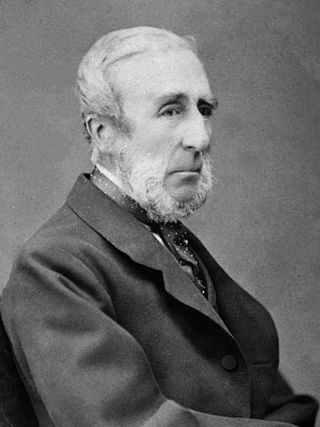
George Busk FRS FRAI was a British naval surgeon, zoologist and palaeontologist.
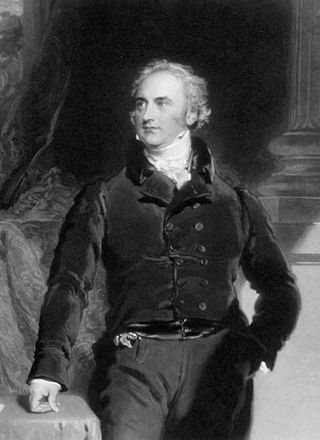
Sir Astley Paston Cooper, 1st Baronet was a British surgeon and anatomist, who made contributions to otology, vascular surgery, the anatomy and pathology of the mammary glands and testicles, and the pathology and surgery of hernia.
Francis Kiernan FRS was an anatomist and physician.

John Green Crosse, FRCS, FRS was a well-known English surgeon of his day, at the Norfolk and Norwich Hospital. After completing his apprenticeship in Stowmarket, he studied at St. George's Hospital and at the Windmill Street School of Medicine in London. He then moved to Dublin and Paris, finally settling in Norwich in 1815. In 1823 he became assistant-surgeon to the Norfolk and Norwich Hospital, and in 1826 surgeon. His reputation as a lithotomist, and in 1836 he was elected a Fellow of the Royal Society.
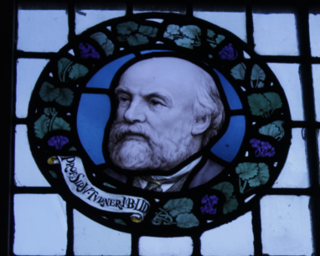
Sir William Turner was an English anatomist and was the Principal of the University of Edinburgh from 1903 to 1916.
Charles Stewart was an English zoologist and comparative anatomist. He was elected a Fellow of the Royal Society on 4 June 1896, and he was the president of the Linnean Society from 1890 to 1894.
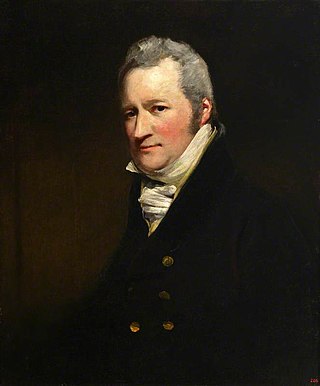
William Wadd was a 19th-century British surgeon and medical author.

Sir Philip Crampton, 1st Baronet, FRSMRCSI was an eminent Irish surgeon and anatomist. He was President of the Royal College of Surgeons in Ireland (RCSI) in 1811, 1820, 1844 and 1855.
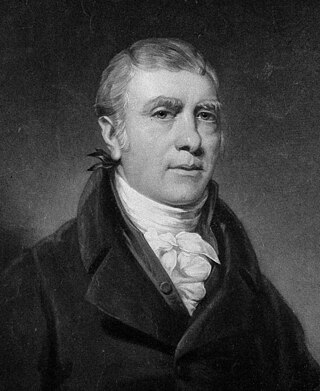
John Barclay was a Scottish comparative anatomist, extramural teacher in anatomy, and director of the Highland Society of Scotland.
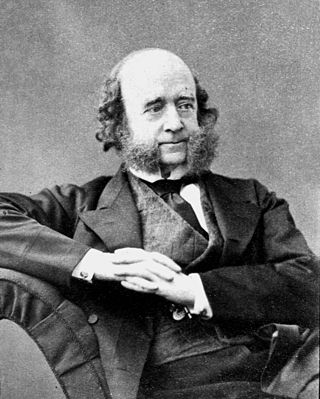
Arthur Farre FRS was an English obstetric physician.
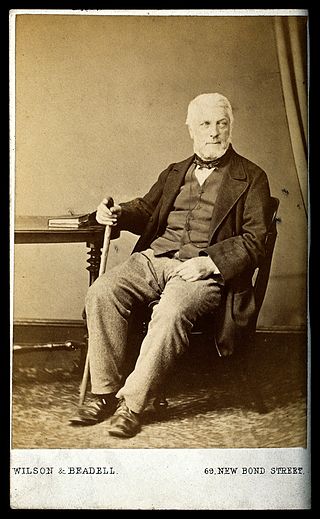
George Gulliver, was an English anatomist and physiologist.
Allan Mullen, FRS, M.D. was an eminent Irish anatomist.
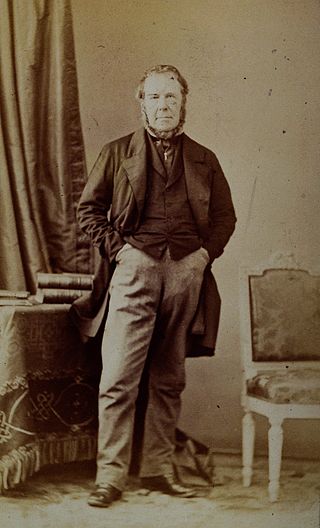
Thomas Wormald was an English surgeon.

Prof Alexander Macalister FRS Hon.FRSE FSA FRAI was an Irish anatomist, Professor of Anatomy, Cambridge University, from 1883 until his death. He was a Fellow of St John’s College, Cambridge.
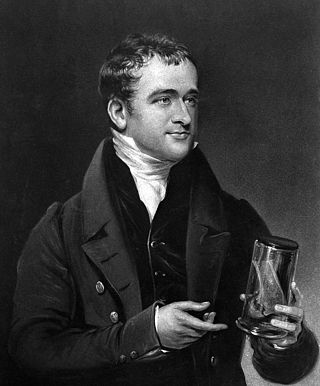
Herbert Mayo, M.D., was a British physiologist, anatomist and medical writer.
John Houston was an Irish medical doctor and anatomist.

John Timothy Kirby was the president of the Royal College of Surgeons in Ireland (RCSI) in 1823 and 1834.
Edward Stanley was an English surgeon.
William Piers Ormerod was an English anatomist and surgeon.














